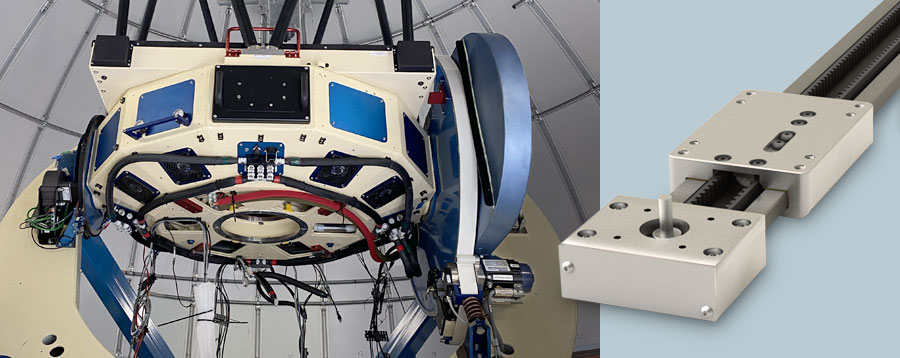
Las Cumbres Observatory (LCO) is a non-profit organization providing a network of robotically controlled telescopes for scientific research and educational outreach. It achieves this through a central network, distributing observation requests to science-grade telescopes located around the world. Observatories are distributed globally in key areas including Hawaii, Texas, Spain, Chile, Israel, South Africa, and Australia. This network serves to increase the frequency and duration of observations, greatly increasing the opportunities for scientific discovery and education.
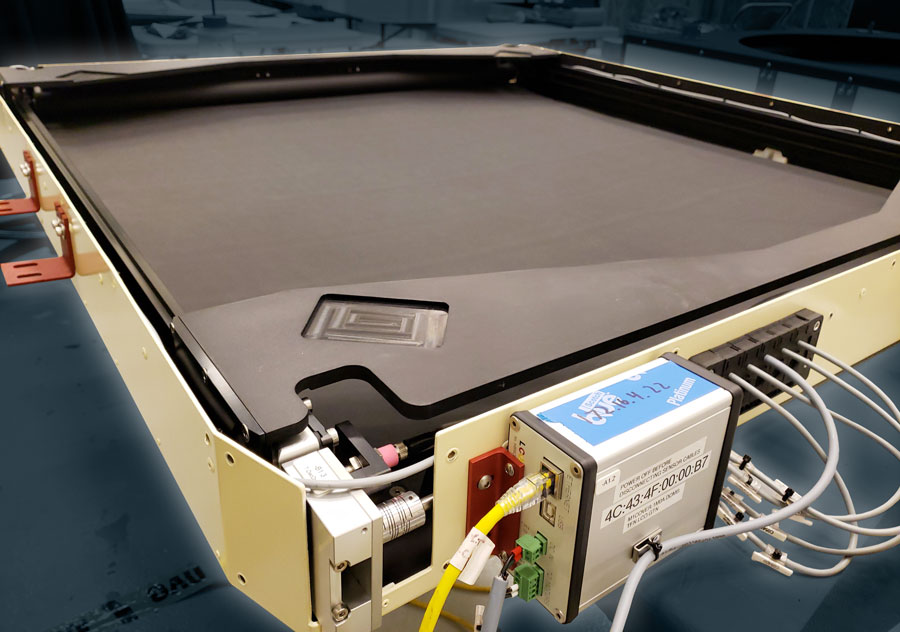
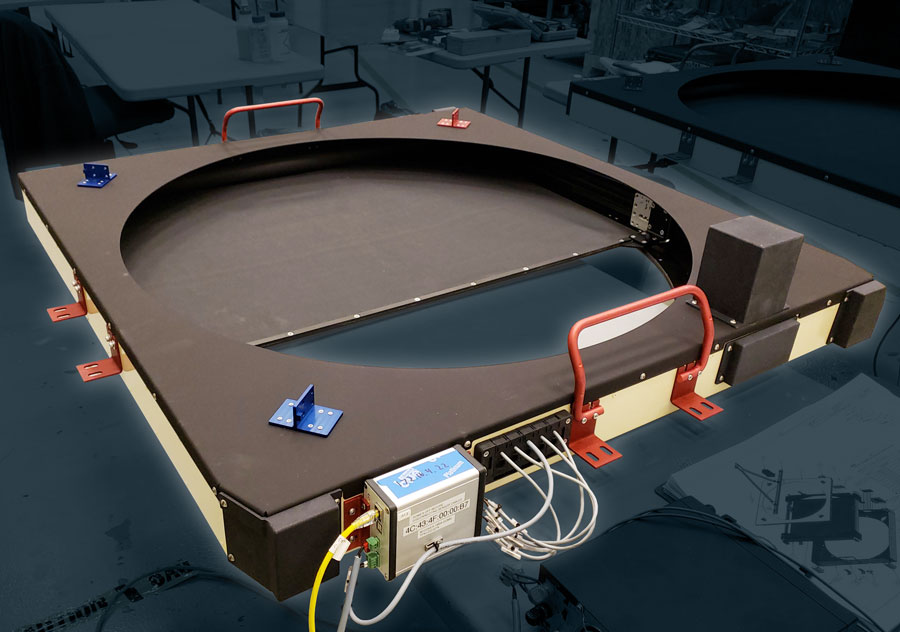
The aperture of the telescope spans one meter in diameter (over 39 inches). The cover consists of a canvas conveyer that needs to be deployed or stowed depending on the different environmental factors. As the cover opens and closes, magnets flag the proximity sensor, alerting the motion controller of the cover’s status and then stopping/starting the motion of the conveyor system where appropriate.
Engineers at LCO were able to discuss their specific needs for the retractable cover with our Application Engineer, and then decide on a custom linear motion solution. The conveyor system required two parallel vertical actuators with a one-meter stroke, positioned approximately 40 inches apart. Other provisions for the lens cover actuator system included:
Along with discussions on customizing the actuator system, LCO was able to download our CAD and make specific alteration requests within the file. It was then returned to our Application Engineer for verification and further recommendations on installation. Custom additions specified by the LCO engineers included:
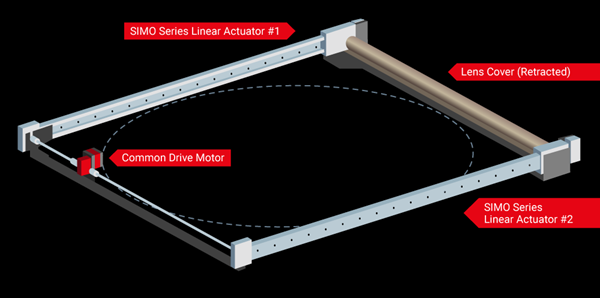 Sensor magnets installed to the carriage of the linear actuators during the production stage
Sensor magnets installed to the carriage of the linear actuators during the production stageThis engineered-to-order solution from PBC Linear included two SIMO Series linear actuators with GST low profile slide bearings and vertical belt-drive. Both actuators are driven from a common drive motor, with input shaft rotation being in the same direction. To accomplish unison carriage motion, one of the actuators had to be assembled to the belt drive system with the carriage in a reversed orientation, allowing the carriages on both actuators to travel together in the same direction from a common drive source.
Both SIMO products were chosen for their strength under harsher conditions and their ability to fit within tight spaces. These bearings utilize our FrelonGOLD® self-lubricating liners, ensuring smooth, gliding motion and consistent performance within tough environments. In addition, each rail is machined from solid aluminum blocks through our patented SIMO process, which uses synchronized cutters to machine all critical edges concurrently in one pass. This allows for tight tolerances and limited variance, ensuring smooth, accurate motion of the lens cover system.
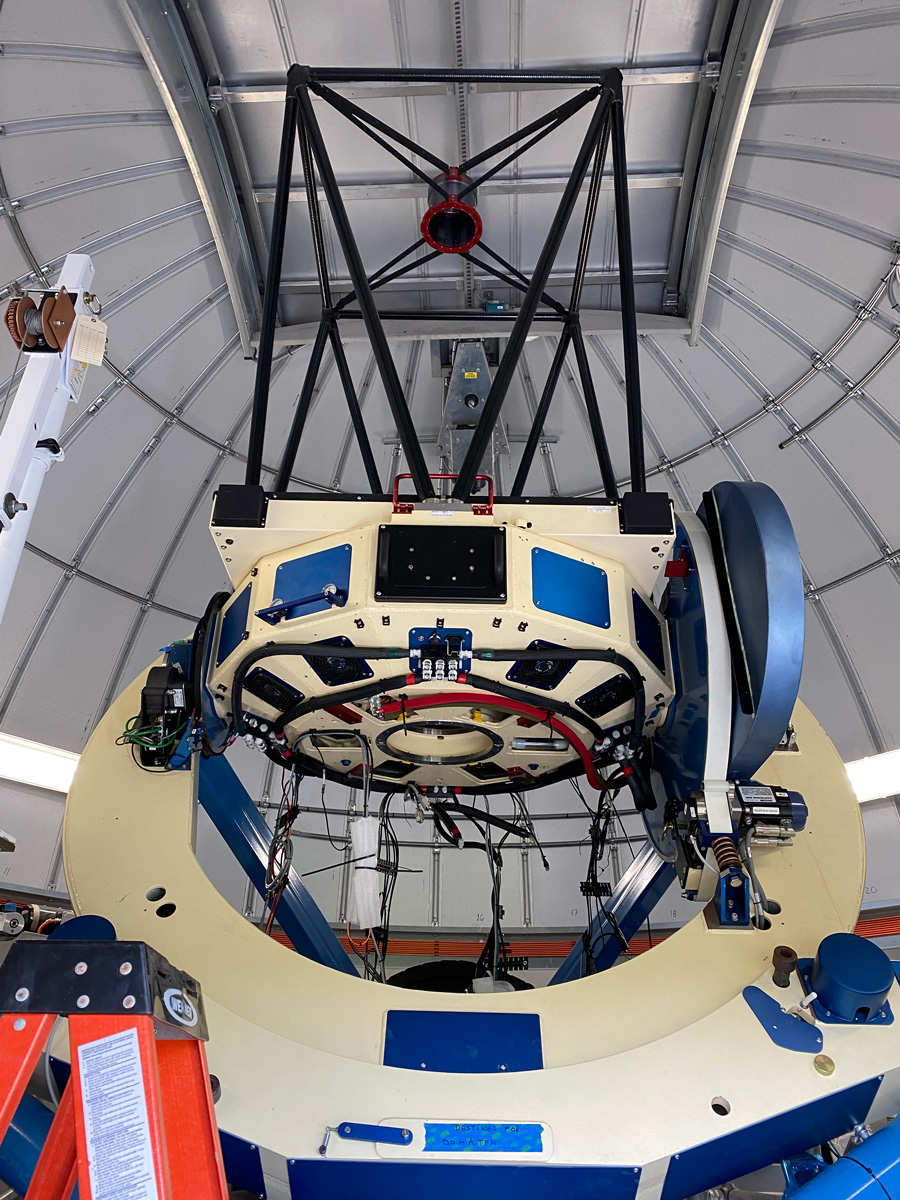
The small platform of the vertical linear actuator was able to fit within application’s constraints, and field testing has operated smoothly and without failure for over six months. We expect more data will add confidence to this product application. “I recommend speaking to an application engineer early to reduce development time. The engineered-to-order option is cost competitive.” -- LCO Mechanical Engineer and Project Lead